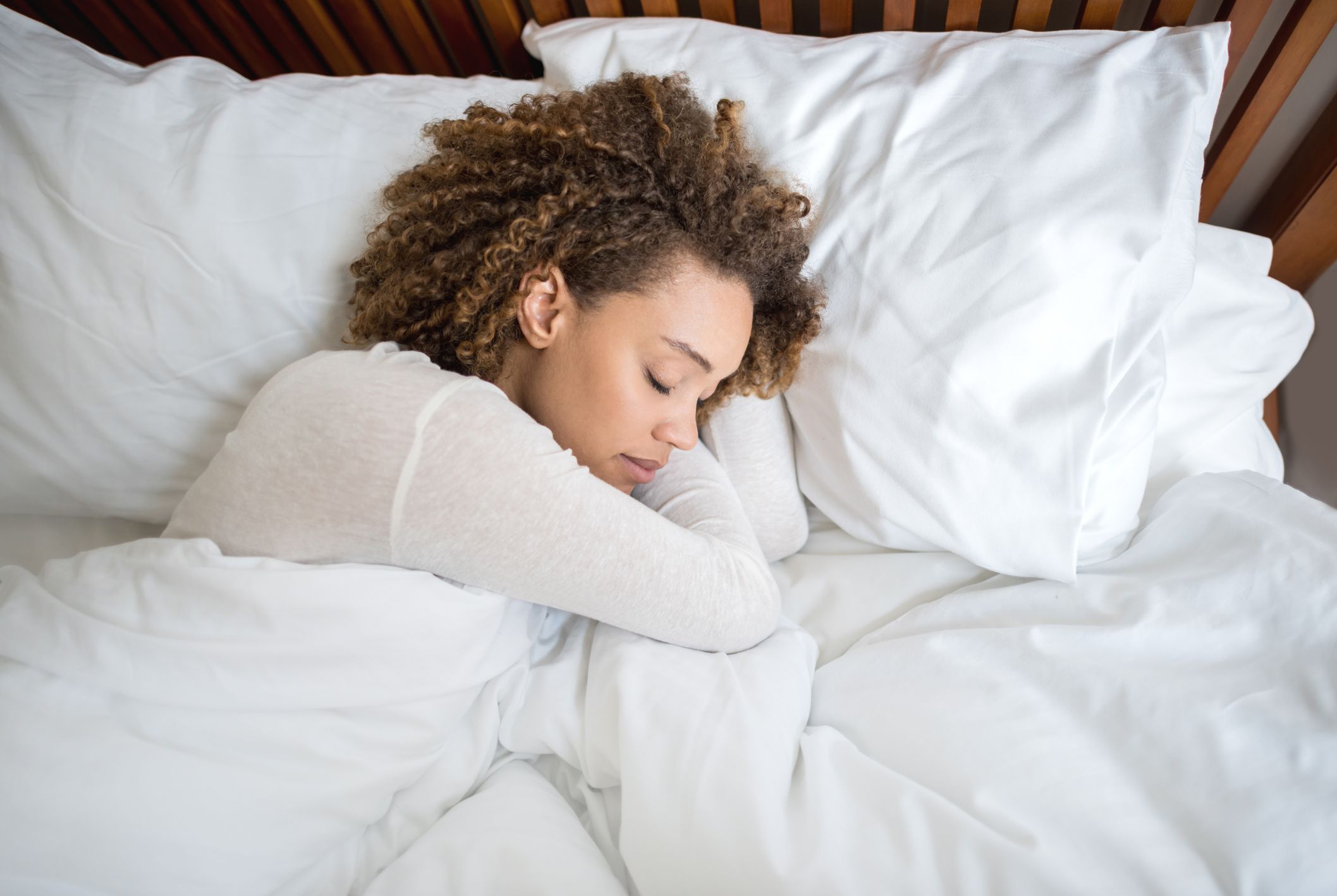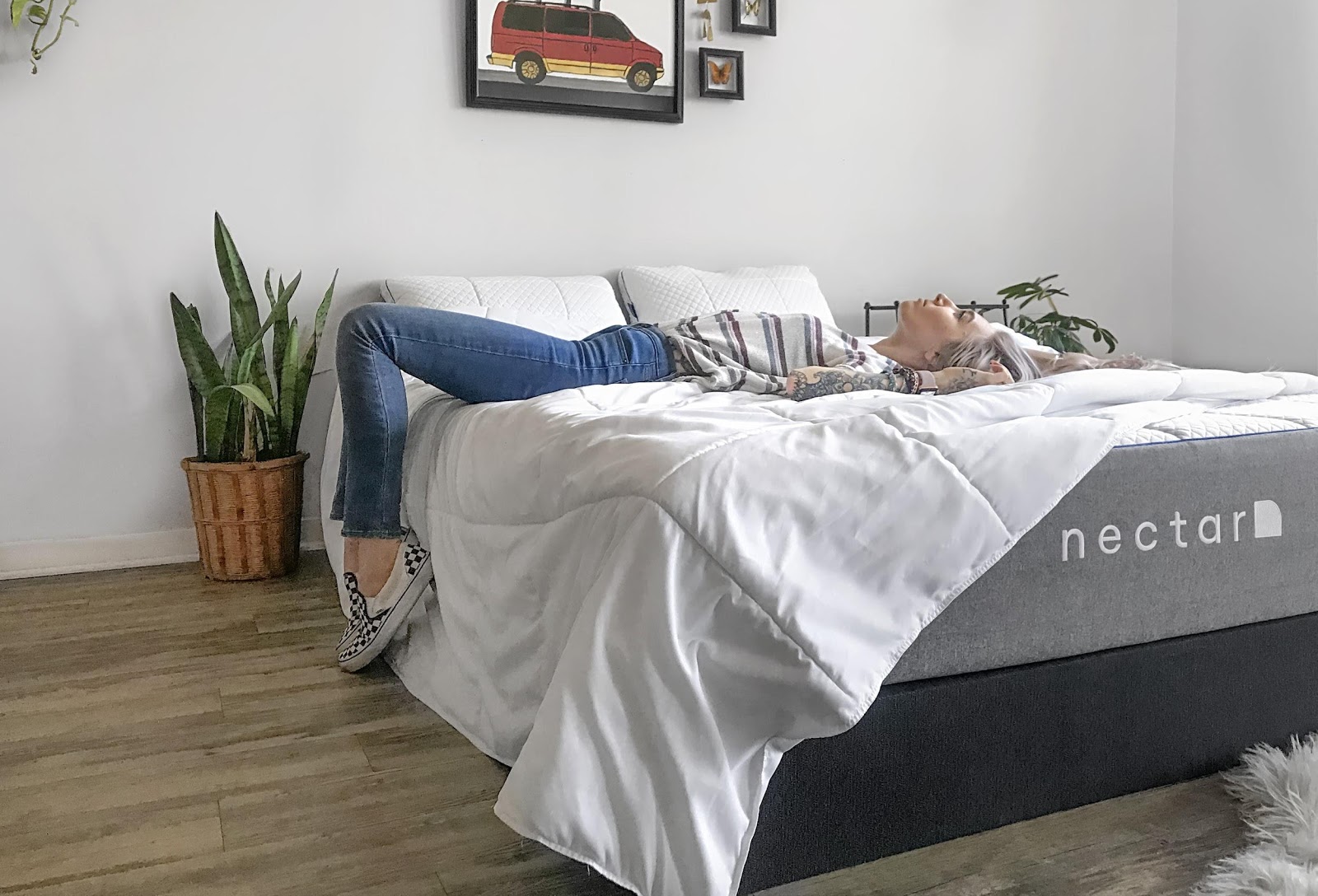[dropcap]S[/dropcap]leep should be restorative, especially if it’s in your full-size foam mattress. So, for what reason do you wake up with backache always? It’s basic: it’s because you’ve slept through eight hours in a single position. That is the reason it’s so important to rest in a place that won’t heighten any discomfort, particularly if you have back pain.
If you haven’t just managed a backache, there’s a decent shot it’ll hit you eventually: 80% of grown-ups will manage back torment in their lifetimes, as indicated by the National Institutes of Health.
How to Sleep with Back Pain
While sleeping, your main objective is to keep your spine in a neutral position. It incorporates your back in connection to your hips and pelvis. You can accomplish it on your back or your side with a cushion to help with keeping your spine straight. You’ll additionally need to make sure to utilize a supportive pillow.
Variety is vital, so keep moving. If you sleep in the same position all night, you may risk yourself from getting an injury. For example, sleeping solely on one side can result in shoulder pain when you wake up.
Furthermore, continually sleeping on your back can trigger back pain. Switching back and forth between your back and sides is generally comfortable and less pressure to the spine than stomach dozing.
The Best Sleep Position: On Your Back
Sleeping on your back in king-size bed dimensions is the best for placing your spine in a neutral position, yet only a few individuals rest in this posture. Back sleeping is comfortable on your spine since gravity keeps your body centered on it. With the correct neck support from an adjustable foam or latex cushion, your neck should keep its usual curve. Also, knowing what a latex mattress is can help you decide if you need a new one.
If you’re having a hard time sleeping on your back, try placing a pillow under your knees. Strategically positioned pads can enhance the advantages of sleeping on your back. A little cushion underneath your head and neck, and not on your shoulders, will help keep your spine straight.
Though back sleeping is best for those who have back pain, it has a couple of downsides:
- This position is not best for sleep apnea. Back sleeping can make your tongue hinder the breathing tube. Thus, those who have sleep apnea should not rest on their backs. Instead, they should rest on their side with legs straight.
- If you’re a snorer, back sleeping can make it worse. Then, it’s much better to sleep on your side.
- From back pain to low blood pressure, pregnant women who sleep on their backs are at danger of health issues. Besides, sleeping on your back reduces the blood flow to the core and child. During pregnancy, the best place to sleep is to sleep on the side with legs bent.
The Second Option: On Your Side with Legs Straight
For the individuals who snore or have rest apnea, side sleeping with your middle and legs straight is an incredible option. It is the perfect sleeping position for snorers and individuals with rest apnea since it keeps your airways open. Including a little pad between your legs will likewise help keep your spine in a neutral position.
The Third Option: On Your Side with Legs Bent Upwards
Sleeping on your side with your legs bent upwards, as known as the fetal position, is the most well-known sleep position. Even though it’s a popular choice, this positions your neck and upper once more from improper posture.

The fetal position likewise promotes the distribution of uneven weight that can cause sore joints and backache. Instead of tucking your chin to your chest and pulling your knees high, you can reduce the chance of waking up with discomfort in your back.
The Worst Sleep Position Your Spine: On Your Stomach
Despite any pain you have, regardless of whether it’s low back, neck, or joint, sleeping on your stomach isn’t a great idea. This position puts the most weight on your spine’s muscles and joints since it flattens your spine. Resting on your stomach additionally constrains you to turn your neck, which can cause neck and upper back pain.
If you keep waking up on your stomach, you can tape tennis balls to your chest. Though it sounds unusual, it works. It will be awkward at first, that you’ll be compelled to flip over. Though, you’ll become accustomed to a new, back-protecting position.
While you should avoid sleeping on your stomach, getting adequate sleep is much more essential. If sleeping on your stomach is the only way for you to get sufficient sleep, then put a resident cushion under your pelvis and lower belly, and another under your head to ease some stress on your back. On the off chance that the cushion under your head causes torment, evacuate that pad. Also, remove the pillow on your head if it causes pain.
How to Sleep on Your Back
Without a doubt, dozing on your back sounds like a great thought. The wellbeing and restorative advantages make complete sense, and you can give it a go. Be that as it may, how might you train yourself to rest on your back? You may not think that it’s common following quite a while of side dozing. However, you can retrain yourself to rest in the supine position with a little practice and commitment. Here are a few ways to sleep on your back:

Lay Down Flat
To turn yourself into a back sleeping, you can start by lying down flat on your back. Position your head and neck in a neutral position. Avoid twisting any part of your body. Try not to place your head to the other side or move your legs to one side or left.
Undoubtedly, you’ll have to explore different sleeping positions to discover what feels most significant for you. A few people like resting in a “goalpost” position that means raising your arms towards your head to mimic a kind of football goal post shape. Be that as it may, other individuals find that this position causes uncomfortable pressure and shoulder pain.
If the goalpost position doesn’t work, don’t give up. There are other dozing positions you can try. Likewise, you can try out the starfish position. To rest like a starfish, stretch your arms in legs into an “X” form. For some individuals, the starfish stance is amazingly agreeable. In any case, remember that you’ll have to have a plentiful bed space. On the off chance that you share a bed with your partner, a queen size bed may not be enormous enough.
Keep Your Head Slightly Raised
Another tip for sleeping on your back is to use a cushion to keep your head somewhat raised. You can likewise place pads under your arms for more help if you want to. Also, don’t put your head excessively high or leave it at an elevated level. Both can make unnatural spine positions that can cause agony to your neck.
Place a Pillow Beneath Your Knees
It may be feeling awkward in your lower back when you’re first preparing yourself to rest in the supine position. You may encounter some undesirable discomfort or pressure. However, don’t worry. There’s a simple solution: Put a cushion under your knees and enjoy the comfort. That should feel significantly improved.








